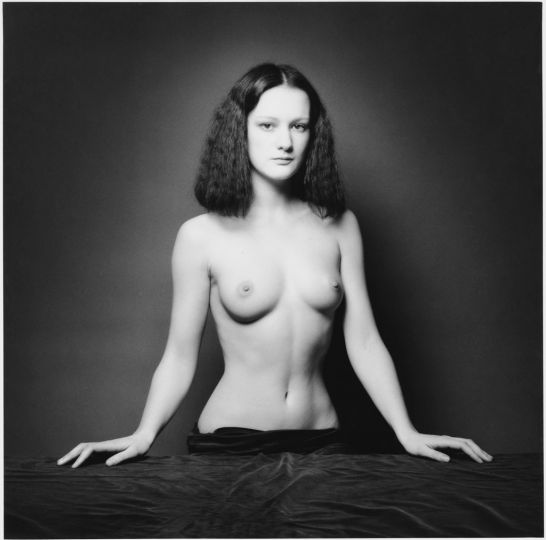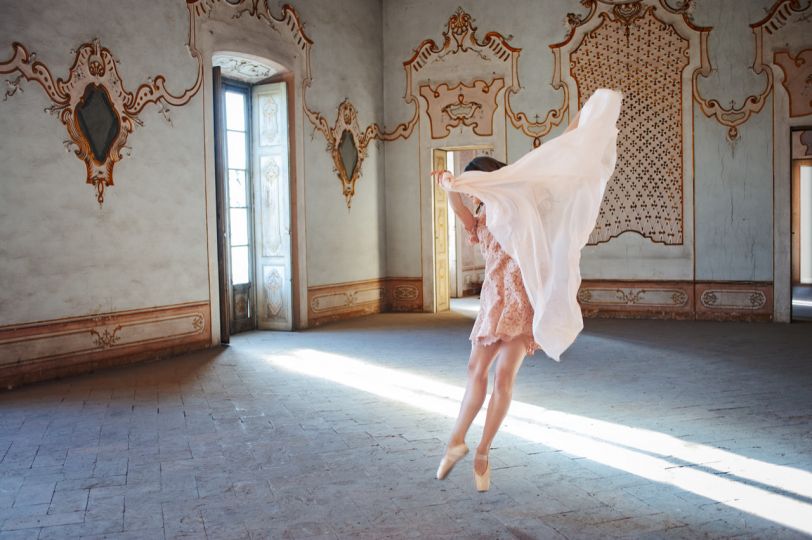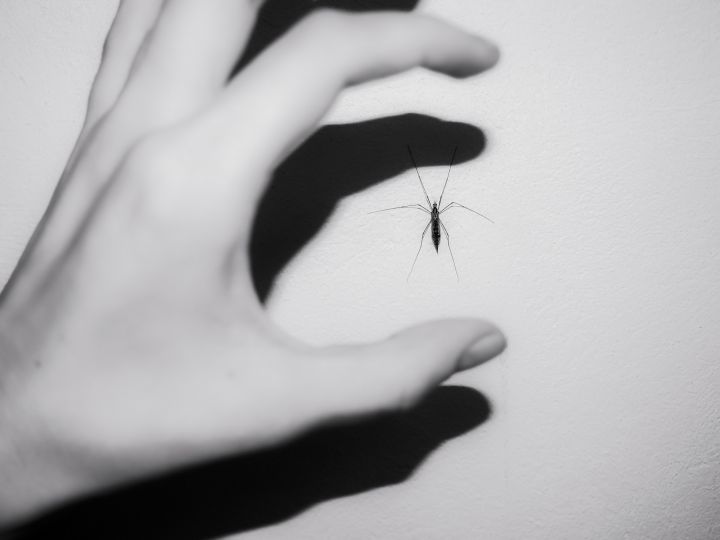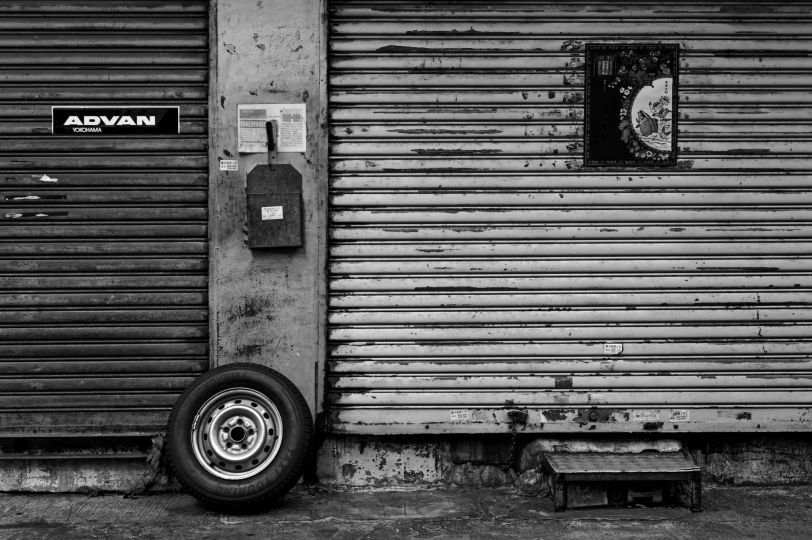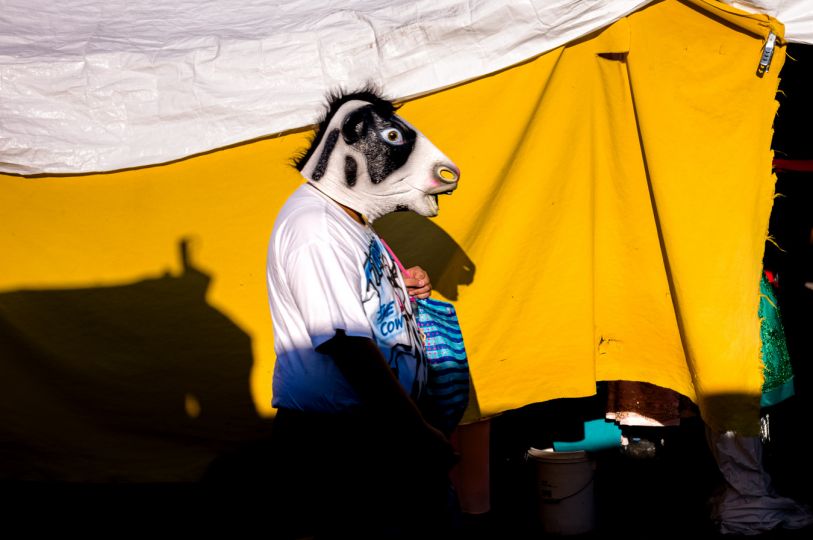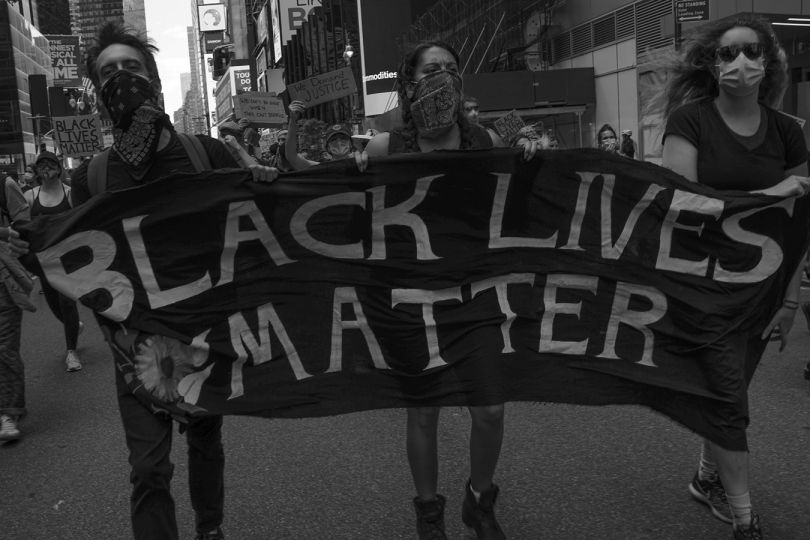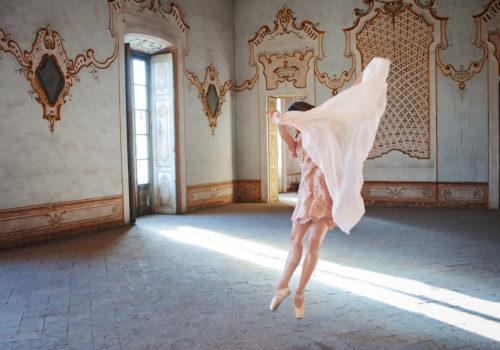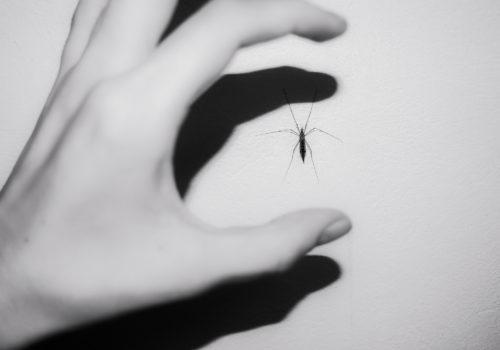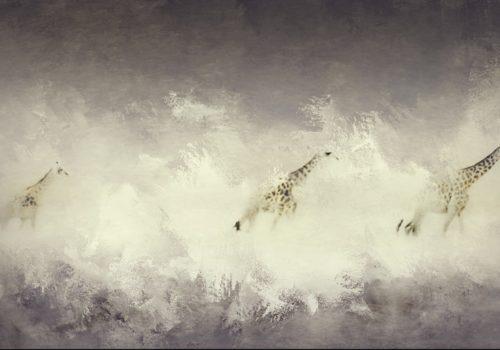The essence of fashion is renewal; the medium is in constant movement as, season by season, the language of dress and style is reinvented, only to be superseded by fresh ideas in the next round of collections, always eagerly awaited. Within this fluid process of change there are periods marked by more seismic shifts, pivotal moments when significant cultural changes are reflected in revolutionary rather than evolutionary progressions in fashion. The Sixties became one such moment in both the concept and representation of fashion, and photographer Jeanloup Sieff came to prominence through his intuition and skill in devising apt visual codes to express the spirit of the age.
Sieff’s fashion photographs of the Sixties breathed new life into the genre, distilled the vibrancy of an exciting, more youthful, democratic approach to design – this was the decade of prêt-à-porter and radical experiment, of Rive Gauche, Courrèges, and Rabanne – and did so through the exploration of gesture and of narrative. All this was memorably communicated in dynamic images animated by his sophisticated understanding of the optics and the graphic potential of photography.
Sieff’s formative decade, the Fifties, was characterised by certain dominant styles and approaches on which he successfully elaborated in the Sixties. On the one hand, he was aware of the tough street documents of William Klein and the more nuanced reportage of Frank Horvat, both of whom were shifting the traditional parameters of fashion photography. He was also, of course, learning his craft at a time when the high formalism of Edward Weston and the graphic abstractions of Otto Steinert were essential and influential reference points. Weston’s mastery of tone, his luminous and sensual renderings of the voluptuous curves of a pepper, or of the looping lines and subtle sheen of a nautilus shell, are echoed in Sieff’s explorations of form and of texture, both of dress and of the figure. Steinert’s multi-artist Subjektive Fotografie exhibitions of 1951, 1954 and 1958 presented striking new experiments in photo-abstraction, the emphasis being on form and pattern in images of considerable graphic force. Widely reported, this body of work influenced a whole generation, and Sieff’s Sixties mastery of image structure, his virtuosity in the play of shadow forms and in the dramatisation of tonal contrasts, surely reflect the curriculum of the founding father of Subjektive Fotografie. Sieff’s Sixties fashion images were to distil and develop the various lessons assimilated from such sources.
With his late Fifties reportages for Elle and Réalités, and his turn-of-the-decade fashion work for Jardin des Modes, Sieff was finding his way. His epiphany came with his move to New York in 1961. Based there for four years, he was exposed to new horizons as he undertook commissions for leading titles both sides of the Atlantic – among them Esquire, Glamour, Look, Twen and Vogue – and he particularly appreciated the creative freedom accorded by American Harper’s Bazaar, surely the most stimulating environment of the day for editorial fashion photography. It was at this time, as he sharpened his technical repertoire, that his signature style crystallised. Perhaps most notably, he adopted the regular use of wide-angle lenses on 35mm cameras and, with an acute spatial awareness, composed images that used optical distortion to striking effect. He maximised the potential of layered pictorial planes, injected dynamism through his explosive filling of the frame, knew precisely how to guide the eyes of his viewers, and indeed give them the sense of being positioned within the image, surrounded by, and a part of, the action. The dramatic effect would frequently be heightened by the implied narrative, by the intrigue of an image that had the character of a frozen moment from a cinematic adventure.
And all this visually clever and inventive picture-making was spiced by other important qualities that made Sieff’s touch so distinctive – and so timely as an antidote to decades of fashion photography dominated by a highly formalised ideal of aristocratic elegance and cool hauteur. Humour and sensuality were further essential ingredients that gave charm, character and seductive power to his images.
Sieff’s humour manifested itself in various ways. When he did show high fashion in grand settings, he did so with a hint of teasing spoof. Many pictures have a playful storyline; others ironically reference the ambiguity of the medium itself. Sieff would wittily remind us that a photograph is no more than an illusion, that it is a two-dimensional figment conjured up by photo-chemistry on a sheet of paper. It is not reality, but a universe we can enter only through our imaginations. And so he knowingly places photographs within his photographs, has his models reacting to, even tearing photographs. He includes his own portrait. He sets a print of an elegant fashion subject in a cage and photographs the resulting still-life. In each case, Sieff is layering his fashion image with a wry commentary on the processes by which fashion news is mediated, and on the ways in which we can so easily confuse the reality and its representation.
Sieff valued his creative autonomy and chose not to be tied to a single magazine, or indeed to a single genre. Variety in editorial contexts allowed him opportunities for experiment. Through the decade, he added commissions from further titles to his portfolio, among them the ground-breaking British magazines Queen and Nova. The one constant was his delight in photographing beautiful young women, styled for fashion shoots or shot independently as erotic nudes. His fashion work is consistently infused with his sensual appreciation of his models. This in itself was a significant realignment of priorities in Sixties fashion photography; sex appeal became more important than the conventional codes of social status that had hitherto dominated the magazine page. When, in 1967, Jacques Dutronc sang J’aime les filles…, and situated the objects of his fancy in Elle and other magazines, he was acknowledging the egalitarian, liberating force that fashion had become, thanks in great part to the iconoclastic vitality injected into it by such influential personalities as Jeanloup Sieff.
Philippe Garner


